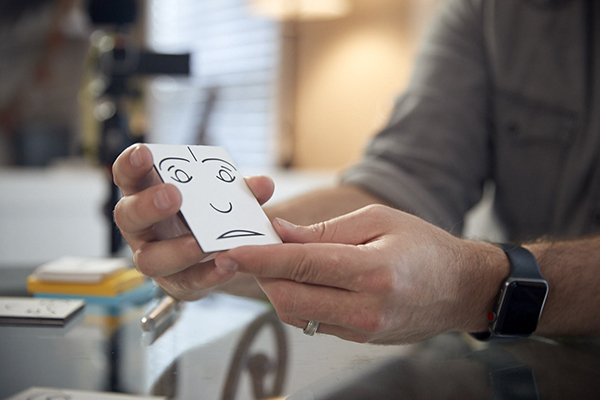Design Research: Three Tips for Choosing the Right Design Research Methods
Design Research is a costly investment that, when done well, can end up paying off big. So, wasting time and money misplanning a research and design project is the last thing you need. Admitting that you don’t have all the answers is the first step. Why? Blanking the slate allows you to think critically and without bias about project parameters, choosing just the right design research methods, and selecting the right tools from your toolbox. We’ve got a few tips to help.
“You don’t know what you don’t know.”
We’ve all heard this truism at some point in our lives — or maybe made a joke about “unknown unknowns” — but when it comes to design research, those punny words are worth remembering.
Admitting that you don’t have all the answers is the first step to designing an effective research and design project. Why? Blanking the slate allows you to think critically and without bias about project parameters, choosing just the right design research methods, and selecting the right tools from your toolbox.
At THRIVE, we choose from a bunch of research and design methods when planning our design research: different approaches to identify gaps in knowledge, disambiguate problems, and figure out how best to uncover findings that will point us toward actionable insights. But selecting the right approach can sometimes be overwhelming, mainly because there’s no such thing as a one-size-fits-all plug-in for every project.
To help, we’ve come up with three tips about what to do after you admit you don’t know what to do next.
1) Remember: Every Tool Isn’t Right for Every Job
Say you need to screw in a screw. That seems simple enough.
You know you need to use a screwdriver, but a peek into your tool bag shows that you have more than ten kinds of tools and screws to choose from for the job. Do you use a power driver or a hand screwdriver? A slot head or a Phillips head? You have lots of resources available, but the choice itself can be paralyzing if you’re not sure which tool is right for the job. Of course, multiple kinds of screwdrivers could probably do the job, but only one is best suited to the situation.
The same applies to research: Many design research methods will offer results, but only a select few that will return a complete result. Essential questions can remain unanswered if the methodology hasn’t been customized to the area of examination. The good news: customization rarely means going out and buying a whole new set of tools or building from scratch. The better news? If you’re not ready to do this on your own, you don’t have to. (Read on.)
2) Understand What You Have (and Don’t Have) In Your Toolbox.
Another point to consider is that just as there are different levels of knowing, there are different levels of not knowing.
In some companies, there can be a disconnect between “I’m aware that I lack information, but I just don’t know how to get it,” and “I know I don’t have everything I need, but I don’t know what the thing I need is.” To expand upon the toolbox metaphor, in the first scenario, it’s as if your toolset is a little outdated, and you’re unfamiliar with the latest products on the market. As a result, you feel lost; you’re unaware of your options and aren’t sure where to begin.
In the second scenario, you may have a shiny new tool, but you’re not using it correctly. It doesn’t work as well as it’s supposed to, so you need someone to show you how to hold the tool correctly to give you the best leverage. Whatever the case, you’ll never get full value or advantage from your purchase without some guidance — because you only have part of what you need to get the job done.
3) Choose a Partner. Or Don’t.
It’s a whole other kettle of fish, determining whether you need outside help to conduct your design research project. But the last, best piece of advice we can offer is to know when a deep research capability is in your organization’s wheelhouse (or project timeline), and when it’s not. Just remember: the point of excellent research is to find out what you don’t know – about your product, your audience, your industry, and the world around you. It’s a massive bunch of unknowns to uncover, and when you have uncertainty, or you suspect you’re not tooled appropriately to tackle a problem, that’s the time to call for help.
Want to be sure you have the right tools for your design research project? We might be the right partner. Contact THRIVE today and let’s talk.







